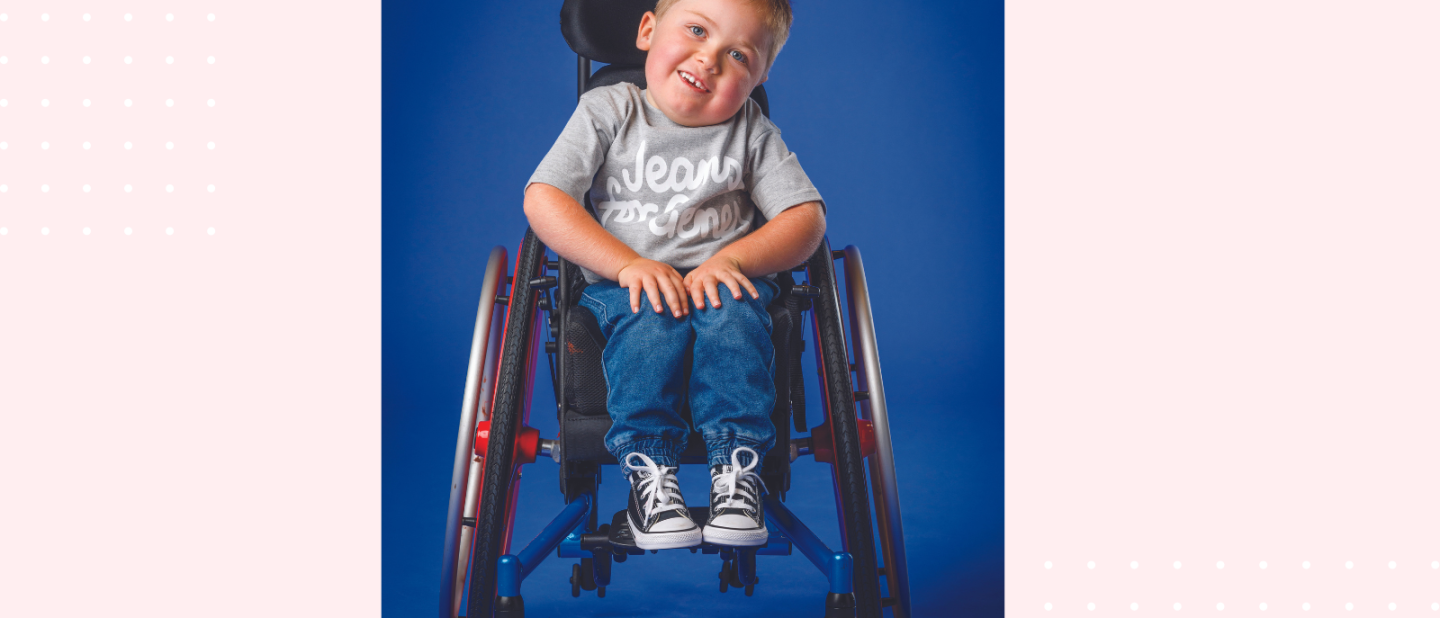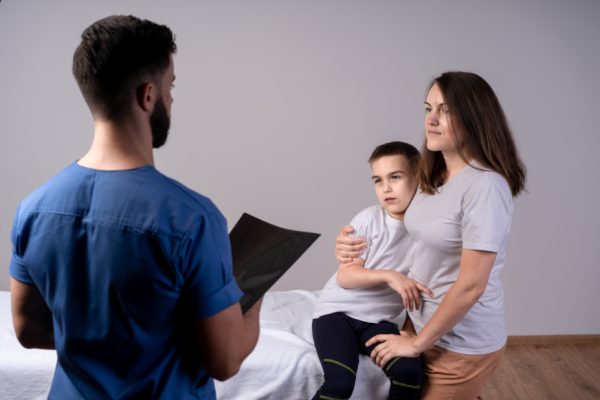
Gene therapy – Entering a golden age
By Monique Cowper
Patients all around the world are benefitting from research being done right here in Australia, and many new disease treatments could be next.
There is something very heartfelt about a scientist referring to their work as “like a buddy system’’ where today’s sick kids are helping the sick kids of tomorrow.
It may sound simplistic, but it isincredibly apt to describe the approach that scientists are taking to produce the next generation of gene therapy delivery systems to help children with the devastating genetic condition, spinal muscular atrophy (SMA).
In SMA, muscles weaken and eventually atrophy. Children who are born perfectly healthy never gain the ability to crawl, walk or sit up, and eventually are unable to breathe on their own.
One of the most promising ways to treat, and potentially cure, SMA is gene therapy. Gene therapies are “genetic medicines’’ where a healthy copy of a gene is delivered to diseased cells to replace or repair a faulty gene. The most efficient delivery systems we have are those based on viruses, and in the case of SMA gene therapy, this is a harmless virus named AAV, which naturally infects humans, usually in the first decade of life.
The Gene Therapy Research Unit, a joint initiative of Children’s Medical Research Institute and The Children’s Hospital at Westmead in NSW, is led by Professor Ian Alexander. He and Dr Grant Logan recently received the highly- acclaimed National Health and Medical Research Council Ideas Grant for their gene therapy research to develop better AAV delivery systems.
“The gene therapy field has been under development since the early 80s, and for many of the following decades it promised much, but did not deliver,” Dr Logan says. “However, it feels that is all changing, and we have now entered a Golden Age for the field.’’
Take for instance, the trials to treat SMA that have been undertaken in Australia since 2018 through Sydney Children’s Hospitals Network, which are showing incredible promise. With just one infusion, SMA is prevented from progressing – with potentially life-long effects.
While this is very exciting, doctors have hit a stumbling block. Natural exposure to AAV in some patients stimulates antibodies that block the passage of the AAV gene therapy and prevents gene delivery to the target cells. Professor Alexander and Dr Logan are now working to help those patients who have AAV antibodies by producing a new generation of gene therapy tools.
They have turned to study the patients who have had successful SMA gene therapy. These patients produce antibodies to AAV in abundance after the therapy has been delivered, which has no effect on the therapy itself – it still works. “It is much easier for us to study the antibodies in these treated healthy kids after they have received the AAV gene therapy. Understanding how the antibodies bind the AAV delivery system will help us to make changes that will avoid the antibody block,” Dr Logan says.
“What I love about this research is that we have a buddy system where we are learning from the children who have been successfully treated for SMA, to teach us how to help those children who cannot be treated. The kids successfully treated today are helping sick kids of the future.’’
HOPE FOR OTHER DISEASES
The good news for families of children with genetic disease is that a discovery in the use of a delivery system (known as a vector) could impact other diseases. This vector is used to deliver gene therapy to patients with blindness, bleeding disorders, diseases of the lung, liver and kidney.
Recent success stories involving gene therapy include haemophiliacs who no longer need monthly medical treatment because they have had AAV gene therapy, which in some cases has kept their disease in check for close to 10 years.
Children with a genetic illness called Leber’s Congenital Amaurosis have had their progressive vision loss prevented by one injection of AAV gene therapy – which involved the scientists at Children’s Medical Research Institute’s Eye Genetics Research Unit.
“We’re learning so much from the treatment of thousands of these patients worldwide, and this will help us inform the next generation of gene therapy. That’s very exciting, because it could impact other diseases as well,” Dr Logan says.
“For a long time, the biggest hurdle to the gene therapy field was gene delivery. We have started to overcome this hurdle, but this reveals the next one. One always wants to have a clear run at helping these patients, but this is the nature of experimental medicine. It’s only by climbing each hurdle through meticulous research that we can clear the last one and have everyone cross the finish line.”
Jeans for Genes Day is on Friday, August 5. Sign up to start fundraising or donate at JeansforGenes.org.au






